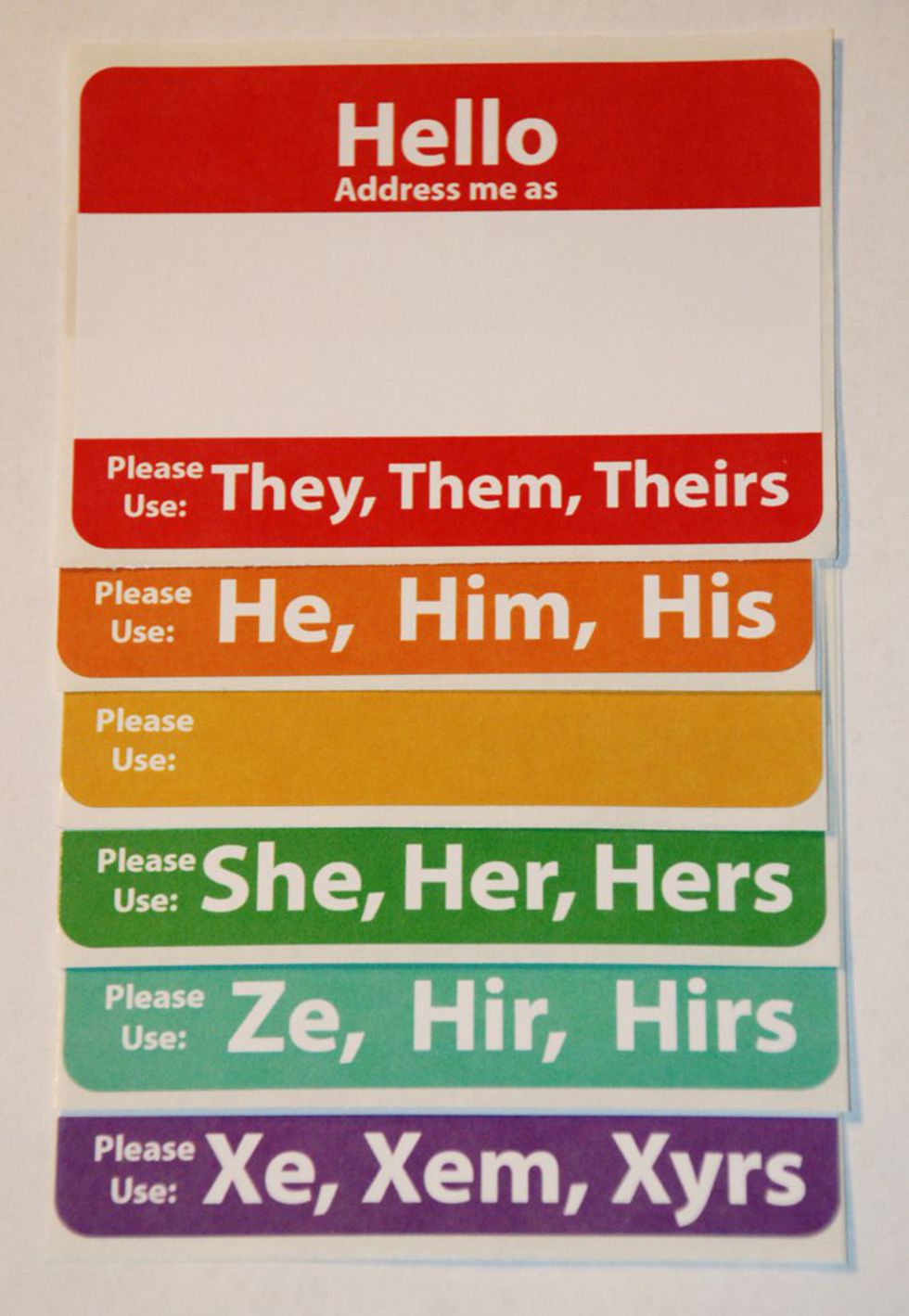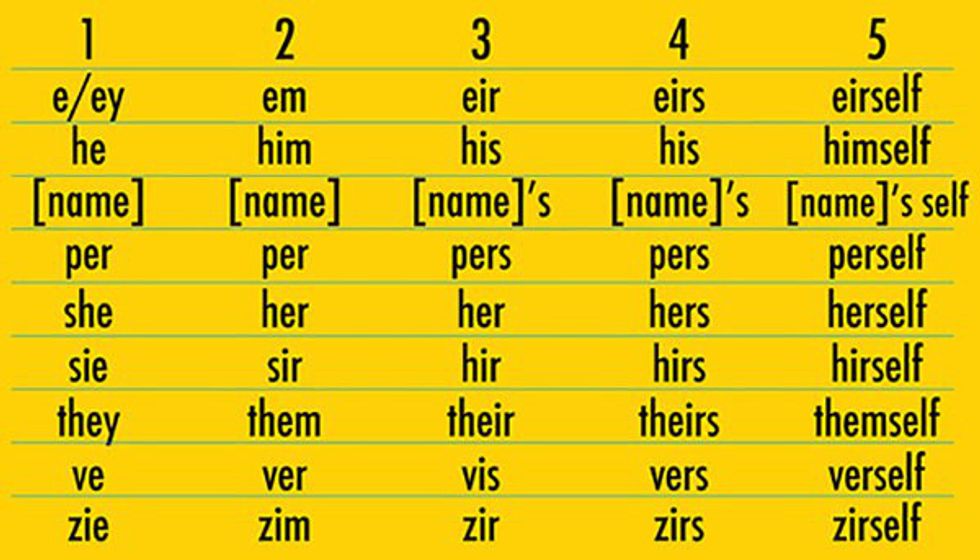Growing up, I danced various styles of Peruvian Folk. I have been dancing since I was 10 years old, and what have I learned from my professors, I must be able to compete. The work that is put in, the sweat, the tears, the hours dancing is meant to be paid off by winning at a Peruvian dance competition.
Young women like myself had multiple teachers. and we all represented different schools. To be loyal to one school meant that the best professor was teaching at the school. These professors of dance were not cheap. Per hour, they charged maybe 20 dollars per child. The better the teacher, the more he or she charged.
I danced Festejo, which was my main focus with dance. Festejo mimics African dances. I loved how the body can tick and isolate certain parts of the body. When I danced, I felt free and I had such a love for the dance: I still do.
But some girls had been dancing since they were younger than 10 years old. Most of the girl's parents invested so much time and money in hopes that one day they will open a school and teach as well.
Think of these parents as a version of Dance Moms. They all talked about how many schools and teachers their child had the opportunity of dancing with. How many hours of private lessons their child was receiving. How many times their child went to Peru to dance with the best teachers.
Meanwhile, I could not afford to have not one private lesson, but every now and then I took advantage of discounts my professors would offer. My mom sometimes could not afford to keep us all in dance, but because I loved dancing, I would sometimes pay for my lessons.
Frankly, I never could relate to the girls my age while at the dance school. They all appeared to live in a daze; a sort of a surreal reality. As if they will never age and they would continue to dance, compete and teach. None of the girls had college in mind and if they did. what they would do in college was vague.
Many of the parents would ask me if I wanted to teach Festejo. But I realized, there was no future in being an Afro-Peruvian Festejo teacher. It was a good side job but never good enough to live off of.
We would basically work so hard to bring calluses to our feet so when we danced our feet would not blister. We spent hours crying because we wanted a break. We spent so much money to barely be able to live off teaching the thing we loved.
Many of the kids who danced did not have the option to quit. Sometimes during the break, we would all sit and talk about what we would rather be doing, and a lot of them would mention being able to hang out with their friends. Being able to stop dancing, even if it was for a little while.
The parents never thought about what their kids wanted because they were too busy living vicariously through them. And it is a shame because these type of parents really drained out the love for the art.
I danced for a school until my senior year of high school. Afterward, I claimed to have retired, but I have not. Every year, I dance for a Latin Expo on my college campus.
I have learned to self-teach and work on my technique. I paid so much money to learn the basics and to compete instead of taking in the essence of why I began to dance. I began to dance to be in tune with my culture, and I would like to believe that is the reason why many of kids in my dance school did too.






























